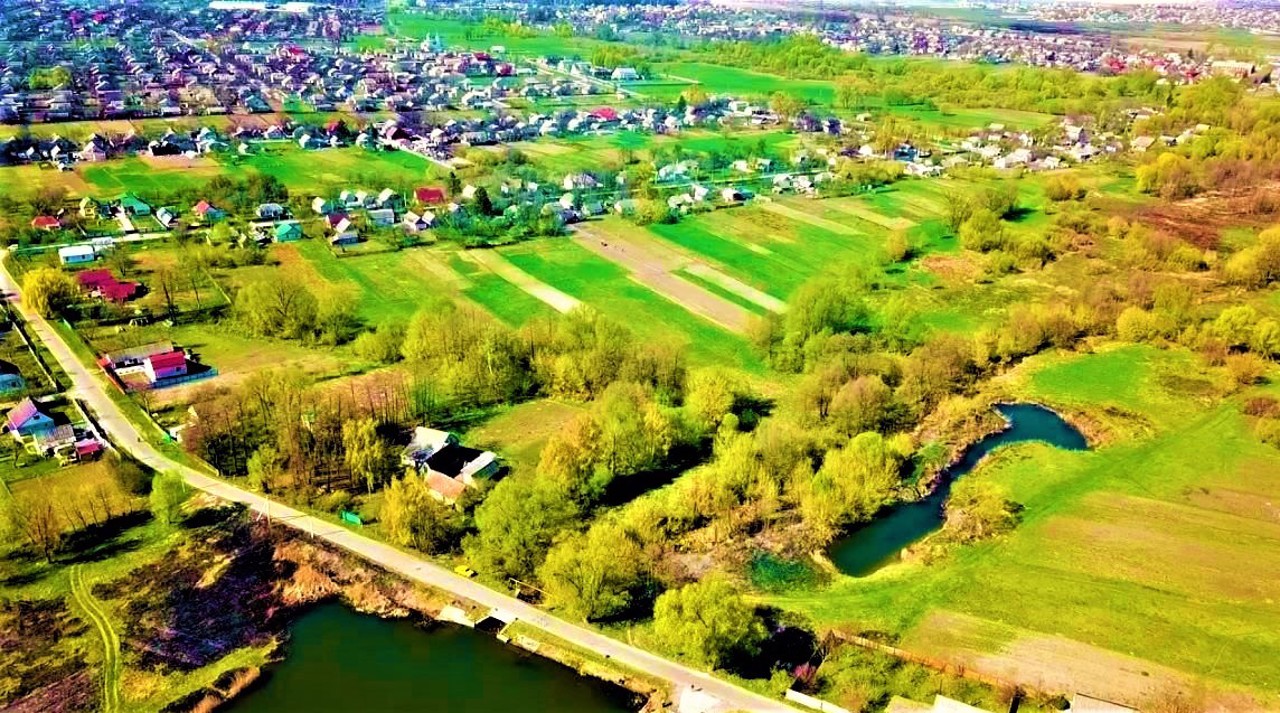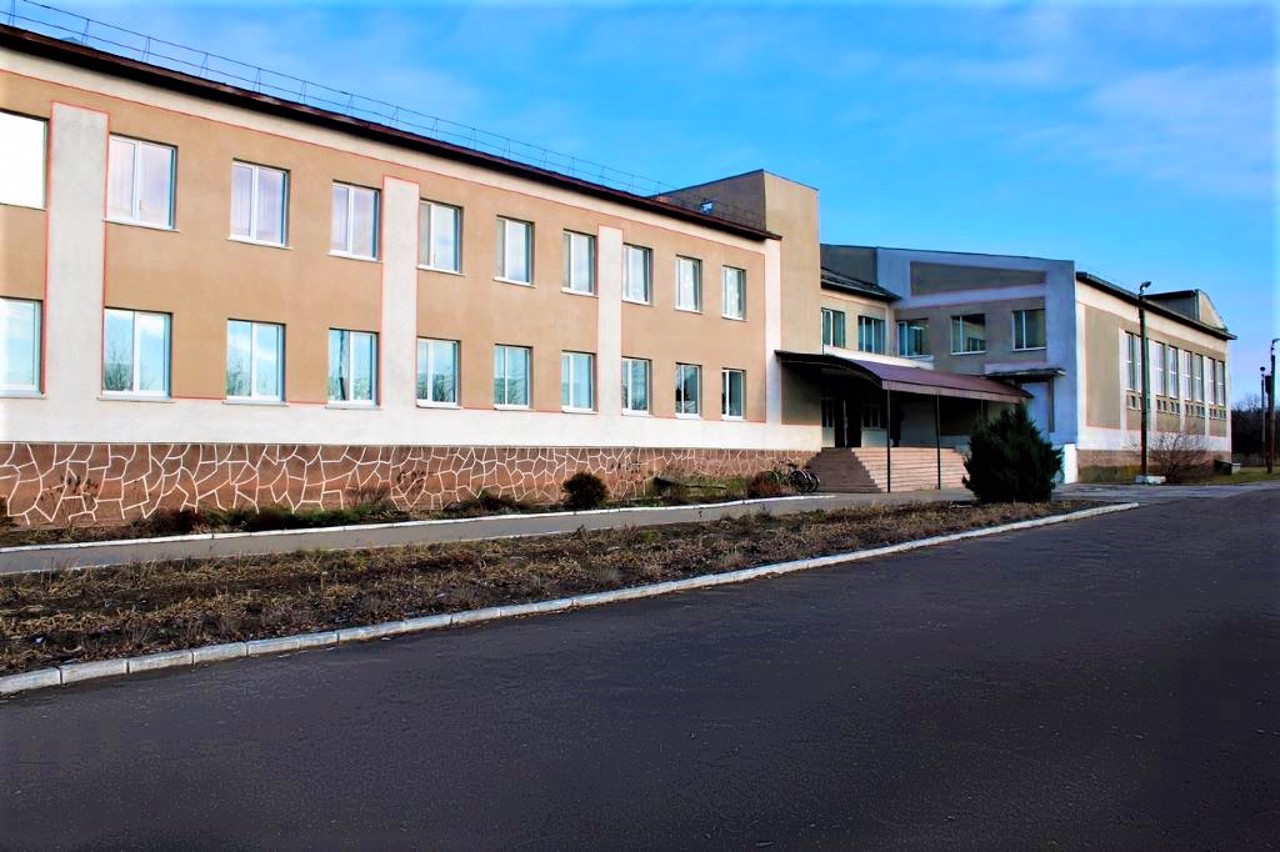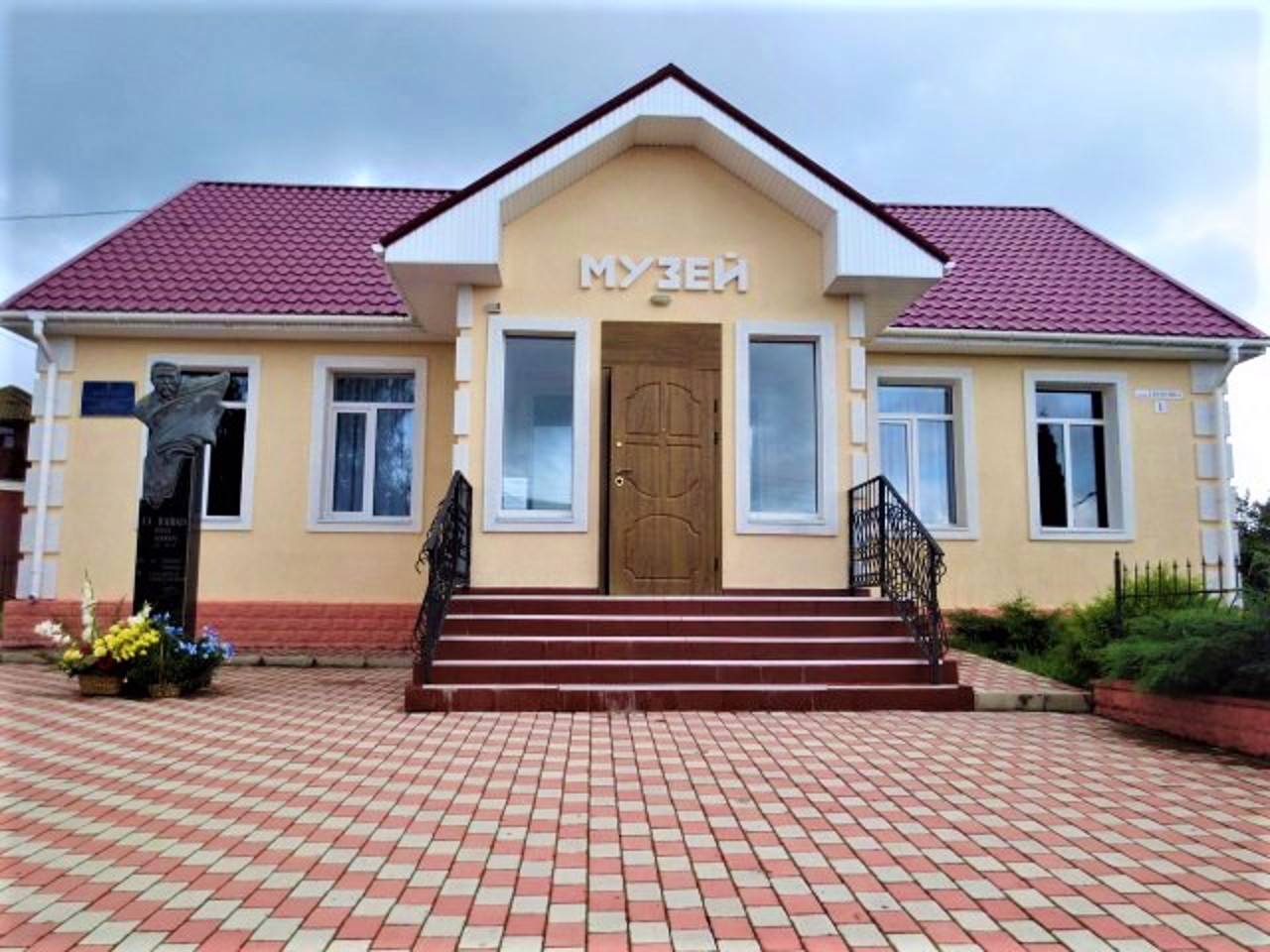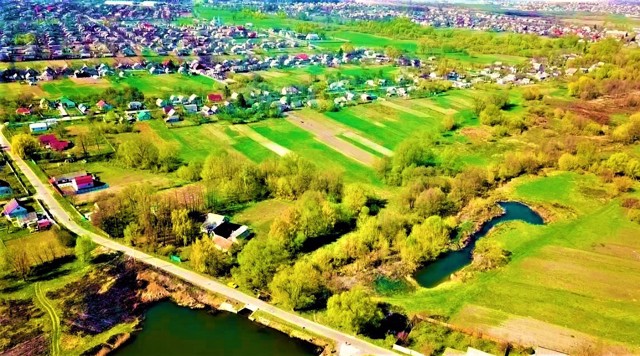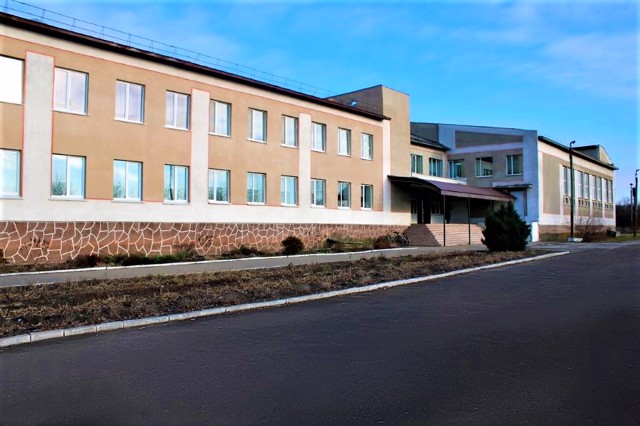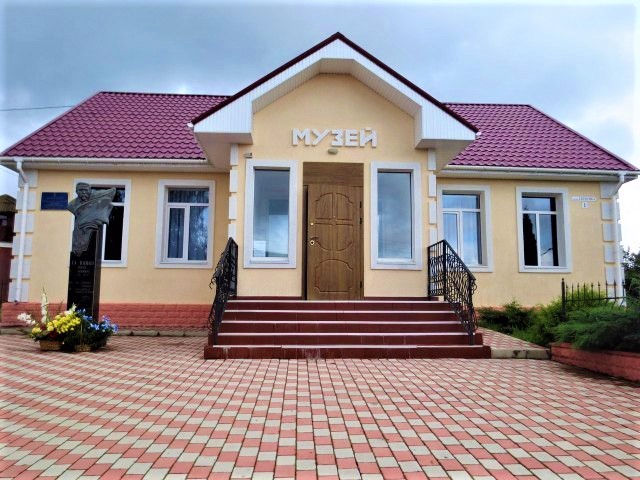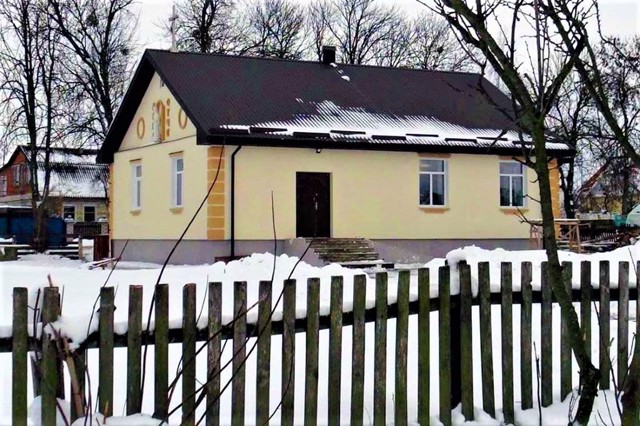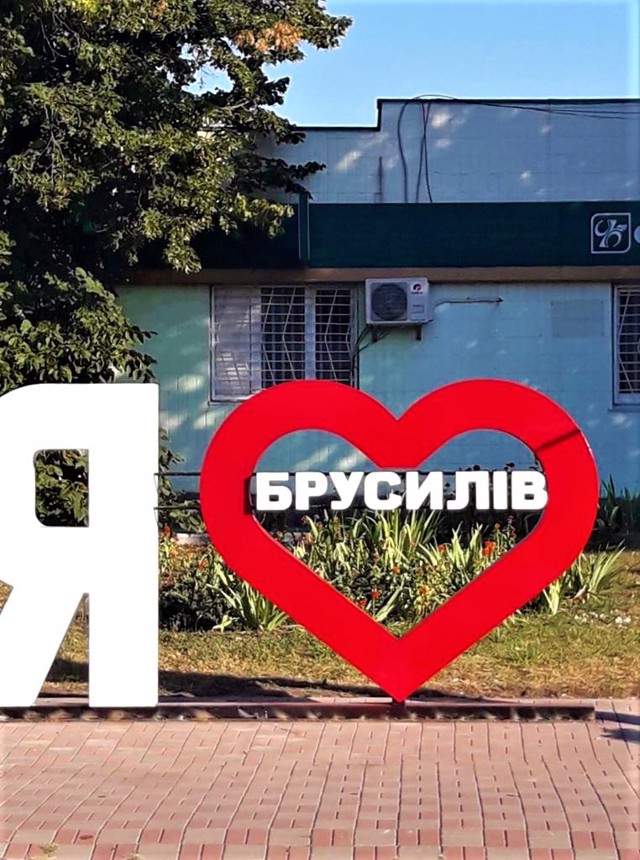Functional temporarily unavailable
General information about Brusyliv
The town Brusyliv is located on the Zdvyzh River between Korostyshiv and Fastiv.
During the princely era, the ancient Rus city of Vzdvizhen (Zdvizhen-town, Zdvizhensk) existed on this site. Under the name Brusyliv, it was first mentioned in 1543 as a fiefdom of the Kyseli-Brusylivski family. In 1585, the town received the Magdeburg right and the privilege of holding 4 fairs. During the War of Liberation in 1648-1654, Brusyliv was the hundredth town of the Pavolotsky regiment. In the 18th century, Tadeusz Czacki built a stone castle (the ramparts have been preserved) and a Capuchin monastery with a church, which have survived to ...
The town Brusyliv is located on the Zdvyzh River between Korostyshiv and Fastiv.
During the princely era, the ancient Rus city of Vzdvizhen (Zdvizhen-town, Zdvizhensk) existed on this site. Under the name Brusyliv, it was first mentioned in 1543 as a fiefdom of the Kyseli-Brusylivski family. In 1585, the town received the Magdeburg right and the privilege of holding 4 fairs. During the War of Liberation in 1648-1654, Brusyliv was the hundredth town of the Pavolotsky regiment. In the 18th century, Tadeusz Czacki built a stone castle (the ramparts have been preserved) and a Capuchin monastery with a church, which have survived to this day in ruins.
After the annexation of this part of Ukraine to the Russian Empire, Brusyliv passed to Mykola Pushkin, a relative of the Russian poet. According to legend, in 1802, Oleksandr Pushkin lost the fairy tale "Konyk-Horbokonyk" to Lieutenant Petro Yershov at cards here, which he later published under his own name. At the end of the 19th century, the Czacki estate became the property of the Sinelnikov family, who were the last owners of Brusyliv.
The wooden estate of the Synelnikovs, as well as the Zemstvo hospital and other fragments of the old city buildings, have been preserved.
Селище Брусилів розташоване на річці Здвиж між Коростишевом і Фастовом.
За княжої доби на цьому місці існувало давньоруське місто Вздвіжень (Здвіжень-місто, Здвіженськ). Під назвою Брусилів вперше згадується в 1543 році як вотчина роду Киселів-Брусилівських. В 1585 році містечко отримало Магдебурзьке право і привілей на проведення 4 ярмарків. Під час Визвольної війни 1648-1654 років Брусилів був сотенним містечком Паволоцького полку. Тадеуш Чацький в XVIII столітті побудував кам'яний замок (збереглися вали) і монастир капуцинів з костелом, що дійшли до наших днів в руїнах.
Після приєднання цієї частини України до російської імп ...
Селище Брусилів розташоване на річці Здвиж між Коростишевом і Фастовом.
За княжої доби на цьому місці існувало давньоруське місто Вздвіжень (Здвіжень-місто, Здвіженськ). Під назвою Брусилів вперше згадується в 1543 році як вотчина роду Киселів-Брусилівських. В 1585 році містечко отримало Магдебурзьке право і привілей на проведення 4 ярмарків. Під час Визвольної війни 1648-1654 років Брусилів був сотенним містечком Паволоцького полку. Тадеуш Чацький в XVIII столітті побудував кам'яний замок (збереглися вали) і монастир капуцинів з костелом, що дійшли до наших днів в руїнах.
Після приєднання цієї частини України до російської імперії Брусилів перейшов до Миколи Пушкіна, родича російського поета. За легендою, в 1802 році Олександр Пушкін програв тут в карти поручику Петрові Єршову казку "Коник-Горбоконик", яку той згодом опублікував під своїм ім'ям. В кінці XIX століття маєток Чацьких перейшов у власність роду Синельникових, які були останніми власниками Брусилова.
Збереглася дерев'яна садиба Синельникових, а також земська лікарня та інші фрагменти старої міської забудови.
Сплануй своє перебування у Brusyliv
What to see and where to go in Brusyliv
Tourist attractions and museums of Brusyliv
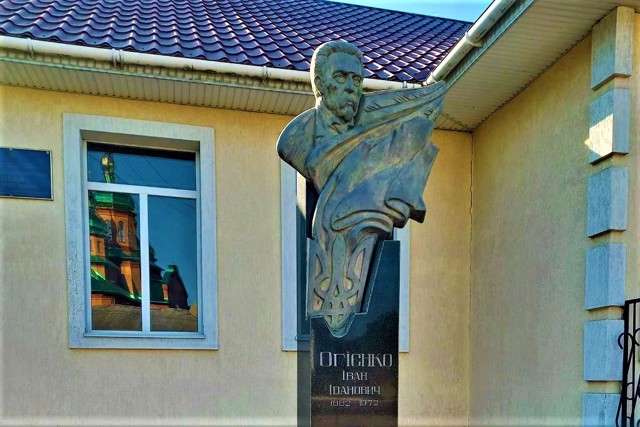
Historical Museum named after Ivan Ohiyenko
Museum / gallery
The Historical Museum named after Ivan Ohiyenko in Brusyliv was founded in 1960 on public grounds in several rooms of the current office building of the "Renaissance" newspaper.
The organizer and first director of the museum was Yakiv Halaychuk. In the mid-1980s, the museum received a separate building, which it occupies to this day.
In 2009, the public museum became a department of the Zhytomyr Regional Museum of Local History and was named after a native of Brusyliv, Ivan Ohiyenko (Metropolitan Hilarion) - an outstanding scholar-historian, linguist and literary critic, poet and prose writer, editor and publisher, political scientist and theorist of canon law, public-political and church figure, translator of the Bible into the Ukrainian language. On August 21, 2010, in front of the museum, the first monument in Ukraine to Ivan Ohiyenko by the sculptor Anatoliy Burdeyny was opened.
The museum exposition is housed in two halls. One of them reflects the main stages of Ivan Ohiyenko's life and social activities. The exposition presents numerous works of Metropolitan Hilarion on the history of Ukraine, the history of the Ukrainian church, and the history of the Ukrainian language, which were published in Canada in the 1950s-1970s; a copy of the 1962 London edition of the Bible translated by Metropolitan Hilarion with a gift inscription to his daughter Lesia; photographs by Ivan Ohiyenko; family closet - dowry of Ivan Ohiyenko's wife; the interior of a Ukrainian house in the Kyiv province of the beginning of the 20th century, which helps to recreate the environment in which Ohiyenko himself lived.
The second hall presents materials that tell about the history of the Brusyliv region and the town of Brusyliv. The exposition presents a collection of solid coins (first half of the 16th century), which were found on the territory of the region; copy of "Gospel" from 1753, tools and products of Brusyliv craftsmen, household items; agricultural implements, traditional Ukrainian men's and women's clothing; photos, documents, books of famous people of Brusyliv region.
Reviews Brusyliv
Geographical information about Brusyliv
| {{itemKey}} | {{itemValue}} |
|---|---|
| Region |
Zhytomyr |
